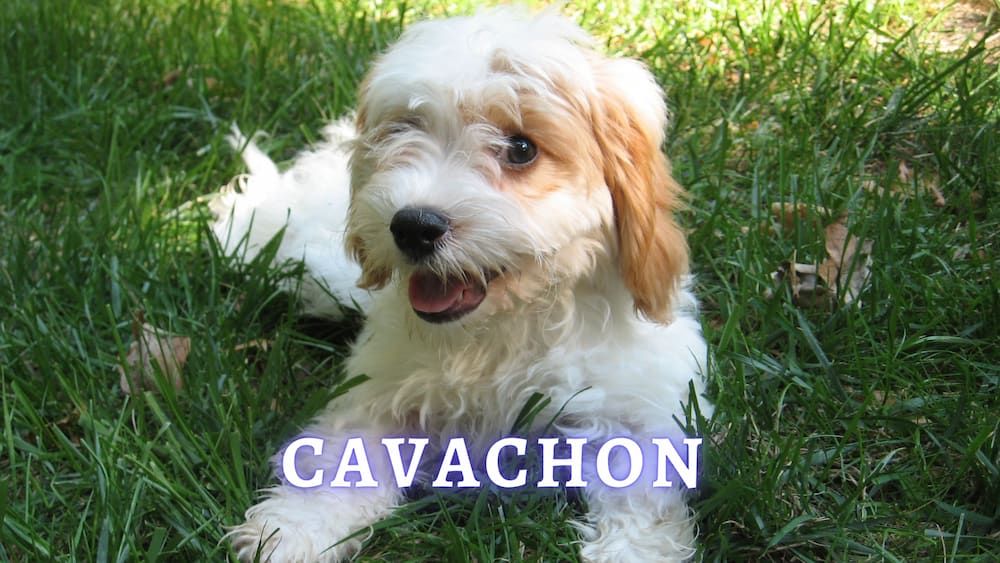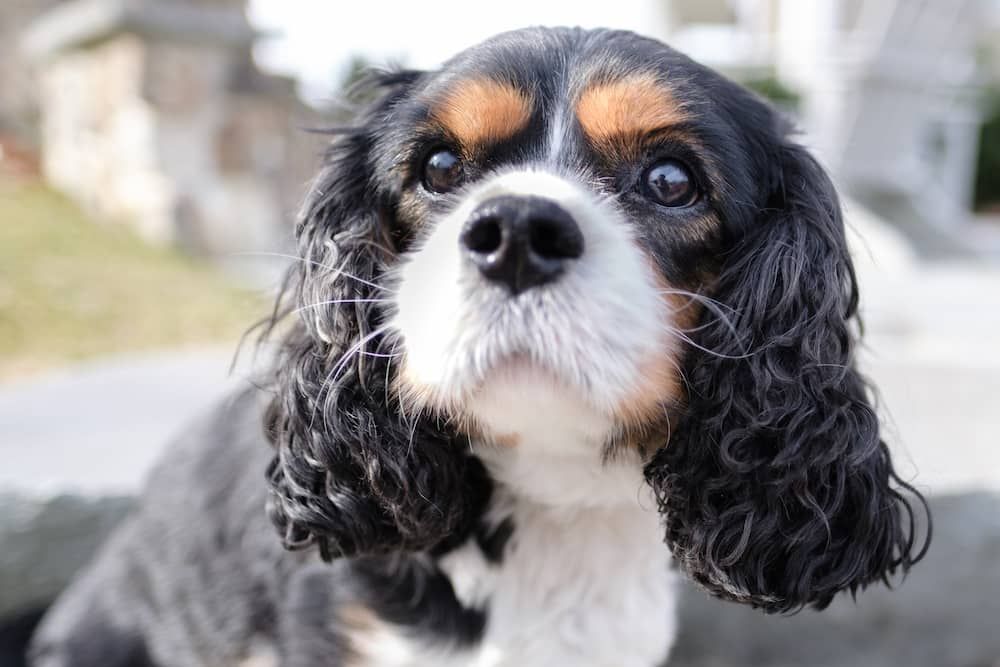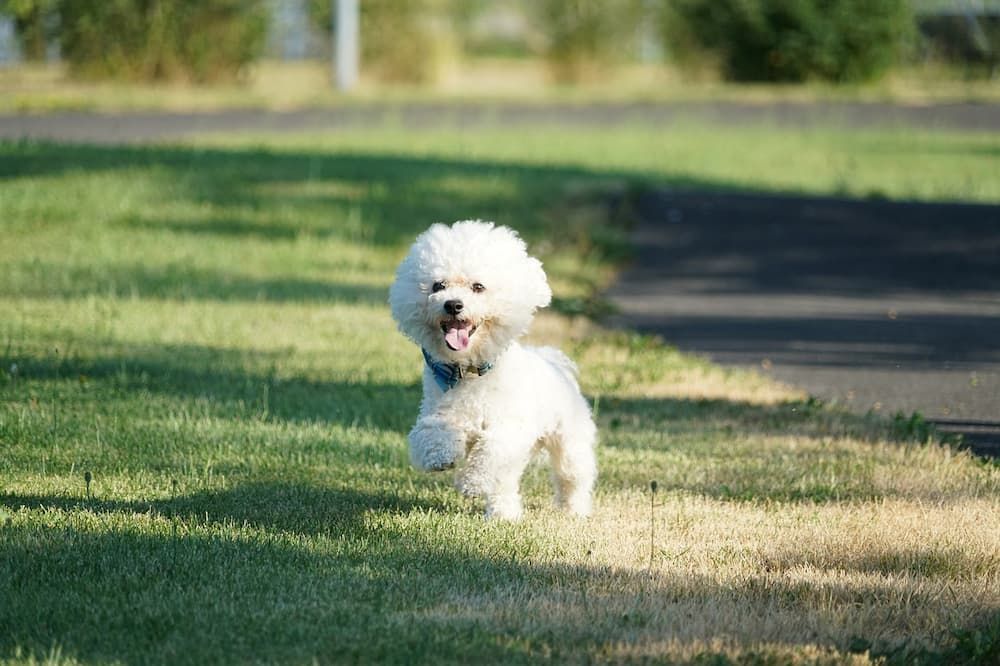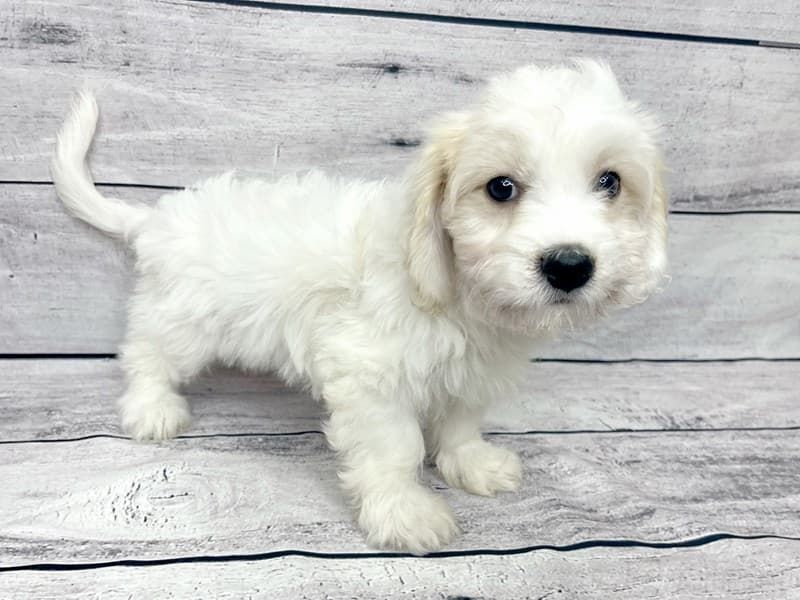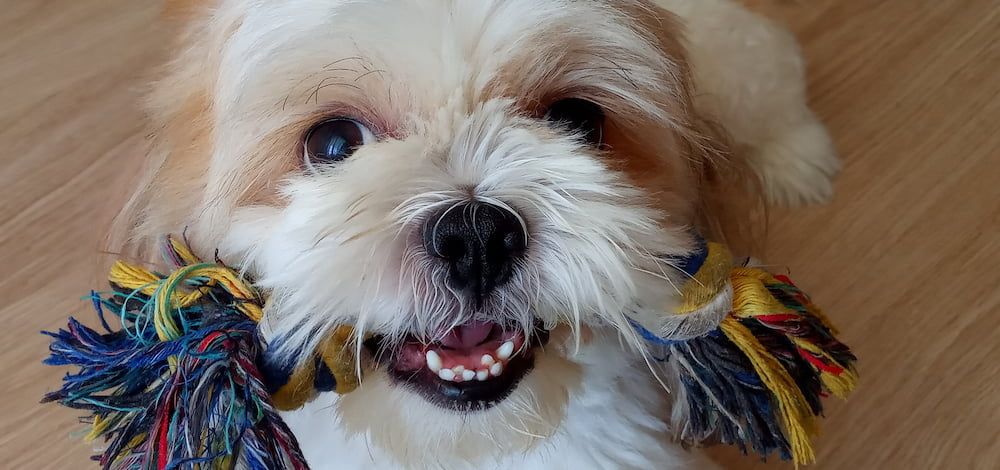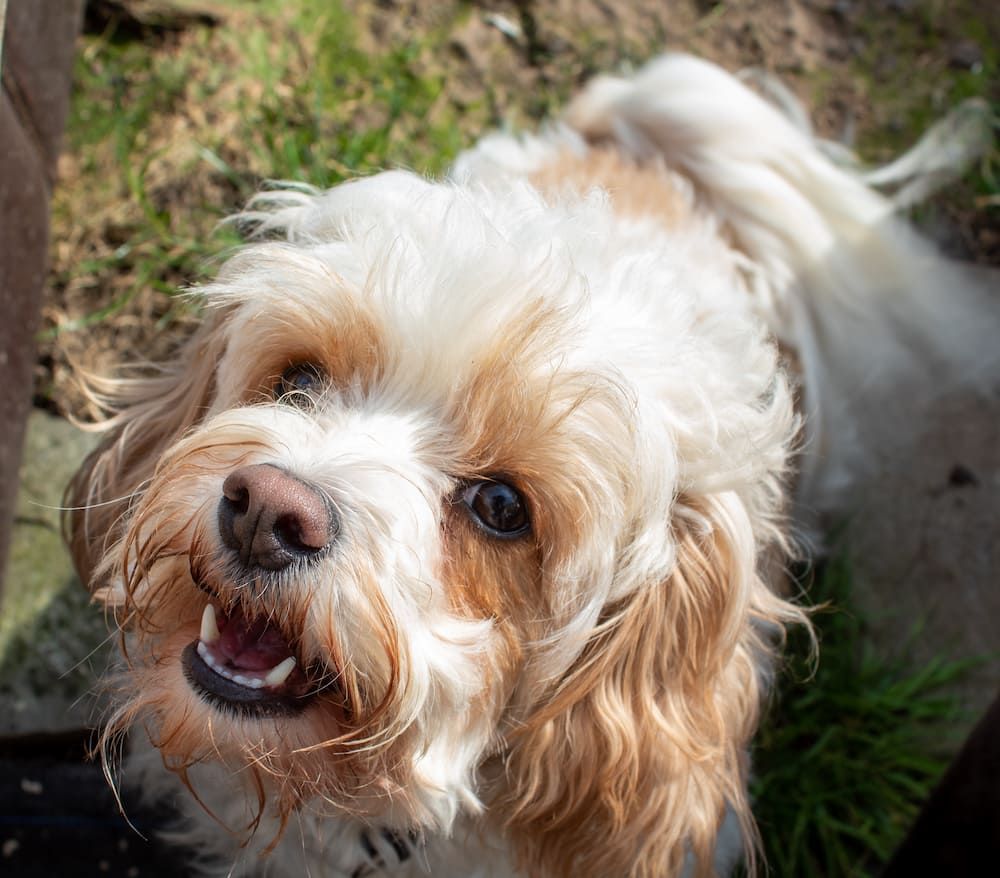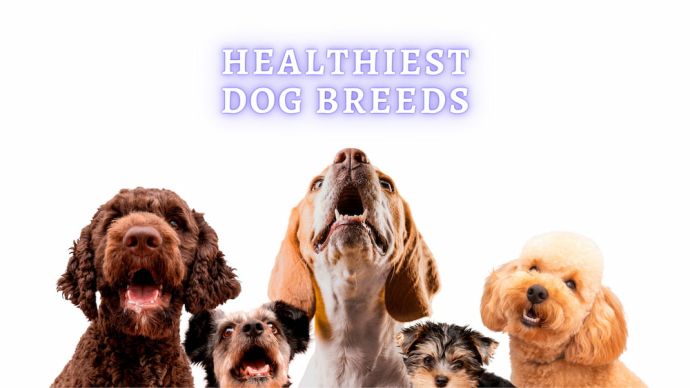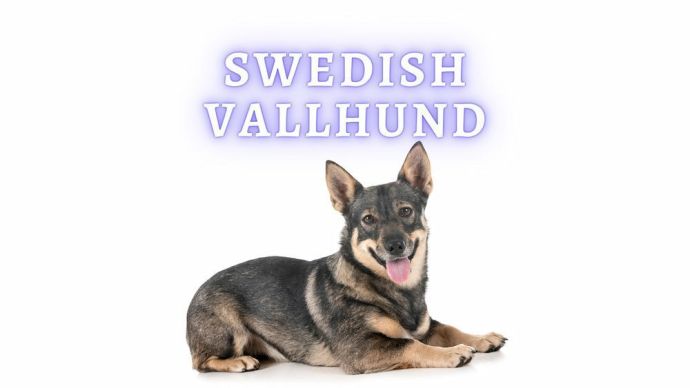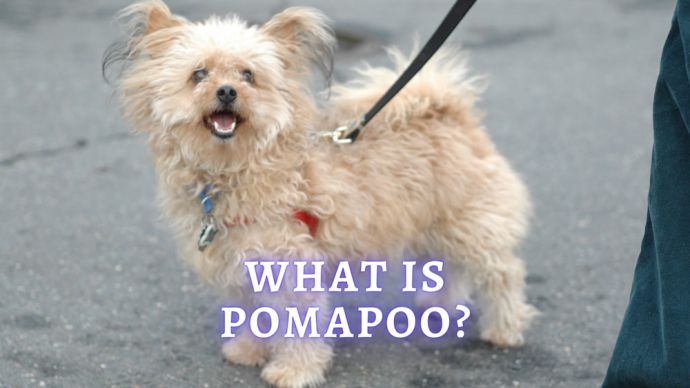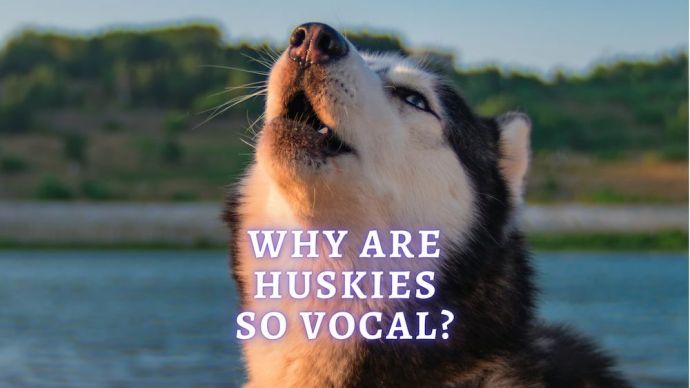Cavachon: All About Bichon Frise & Cavalier King Charles Mix
Written by:
Author: Seb Jenkins
Seb is a professional SEO writer with a degree in Journalism, he has five years of experience in writing and editing. Seb specializes in topics like dog and cat breeds, aquarium guides, and pet care. He is passionate about educating and entertaining animal owners worldwide. In his spare time, Seb enjoys writing fiction novels.
View all 83 articlesLearn about our editorial process and veterinary review board.
Viewed: 655
Updated on: 06/27/2023
The Cavachon is a mixed breed dog created by combining a Cavalier King Charles Spaniel with a Bichon Frise. You are left with a small dog cross-breed packed full of fun and kindness. They are known as fantastic family pets due to their friendly attitude, especially with children and other animals.
For anyone looking to get a Cavachon, or anyone who recently has, it is essential to research information about the breed to ensure you are fully capable of taking care of your new best friend. Fortunately, we have created an all-you-need-to-know article on the Cavachon below.
Characteristics
The following are the main characteristics shown by the Cavachon:
| Height | 12-13 inches |
| Weight | 15-20 pounds |
| Lifespan | 10-15 years |
| Size | Toy dog |
| Coat | Medium |
| Colors | White and cream |
| Shedding | Infrequent |
| Temperament | Playful, friendly, and loving |
| Intelligence | High |
| Social skills | Good with kids, dogs, and cats |
| Barking | Only with strangers |
| Children | Good with kids |
| Energy levels | Medium |
Breed History
The Cavachon combines the Bichon Frise and the Cavalier King Charles Spaniel, both of which have a rich history that dates back over 400 years. Let’s look at the parent breeds of these fun-loving and affectionate dogs.
Most experts argue that the Bichon Frise likely descended from the Barbet, a medium-sized woolly breed. In fact, the name Bichon comes from Barbichon, which is a derivative of Barbet. That’s why the Maltese, Havanese, Bolognese, Coton de Tulear, and Bichon Frise breeds look similar, as they are all known under the Barbichon family.
You have to go back as far as the 14th century to find the first records of the Bichon Frise, with French sailors bringing them from Tenerife back to their native land – although it is thought they originated in Italy and were taken to Tenerife by traders. It is also said that the French brought as many Bichon Frise dogs as they could carry back to the country after invading Italy in the 1500s. A worthy treasure.
Whatever the case, once the Bichon became a known breed in Europe, it was instantly popular. As with many popular breeds at the time, it was quickly associated with nobility and could often be seen in the 16th-century royal courts. Stories say that King Henry III even carried his Bichons around with him in a basket around his neck, and they also became very popular with the Spanish royal family.
From 1933 onwards, the Bichon Frise received official recognition from federations across France. They made the trip to the US in 1956 and were registered with the American Kennel Club in 1972. Fast forward to today, and they are still a popular member of the modern-day household.
The Cavalier King Charles Spaniel is known as the original Toy Spaniel dog, and we can see evidence of the breed as far back as the 1600s.
In fact, paintings indicate that between the 1600s and 1800s, this breed was popular among royals. This was especially true in the case of King Charles II, who ruled Britain in the late 1600s. You can see where this is going. Yes, the Cavalier King Charles Spaniel did indeed get part of its name from King Charles II.
Once the king passed away, the Cavalier became synonymous with royalty. Fast forward to the 1950s, and King Charles Spaniel made the trip across the pond thanks to extensive breeding, and the breed was added to the American Kennel Club in 1996.
Temperament and Personality
There is a reason that both parents were so popular with royalty, and that is because the Bichon Frise and Cavalier King Charles Spaniel are both friendly, fun-loving, and kind creatures to have around the place. Not to mention, they are beautiful to look at!
So, it is no surprise that the Cavachon crossbreed has picked up all these great traits from Mom and Dad. They are known to be very gentle and friendly dogs, so they have proved popular among families. The Cavachon is happily living with young children and other animals, so they are an excellent choice for young families, even if you already have cats or another dog.
One thing to note is that the Cavachon is a small breed, and they do not tend to snap at children, even when they are playing rough. So, watch young kids playing with Cavachons to ensure they are gentle enough. Cavachon puppies should not be handled by young kids.
You may find that your Cavachon barks at strangers, but that’s about as far as their territorial unfriendliness goes. Because they are so small, please do not expect your Cavachon to serve as any guard dog, though.
These fun-loving dogs love playing with their loved ones, so be prepared to give them lots of attention. Acclimatizing them with your other dogs and cats from a young age should get them comfortable playing with their brothers and sisters too.
The Cavachon is a very clever breed, so they are highly trainable, even for first-time owners. Their eagerness to please makes them a pleasure to deal with, but training should still start from a young age.
Category
| Rating (out of 5) | |
| Adaptability | 4 |
| Adapts to apartment living | 5 |
| Energy levels | 4 |
| Adapts to being alone | 1 |
| Tolerates cold weather | 3 |
| Tolerates hot weather | 3 |
| All-around friendliness | 5 |
| Affectionate with family | 5 |
| Kid-friendly | 5 |
| Dog friendly | 5 |
| Friendly with strangers | 5 |
| Health and grooming | 3 |
| Shedding | 2 |
| Drooling | 1 |
| Easy to groom | 2 |
| Easy to train | 4 |
| Exercise needs | 4 |
| Intelligence | 4 |
Activity and Exercise Requirements
The Cavachon is a small dog with medium activity levels, so the amount of exercise they need is manageable. We recommend taking them on a half-hour walk daily to get those little legs moving. A rough estimate of 9 miles of walking per week is perfect for your little four-legged friend.
That being said, the Cavachon enjoys walking very much, so if they seem to have enough energy for a longer adventure, feel free to treat them to one. When it comes to playtime, the Cavachon has bursts of excited energy. Ball games are a great way to keep them entertained and to wear them out. Cavachons usually get on very well with children, so having your kids play with the dog can be a bonus when it comes to wearing both out.
As long as they are treated to daily exercise outside, the Cavachon is perfectly happy living in an apartment. However, if you want to let them out into the yard, you should make sure it is well-fenced to deny any escape attempts. Cavachons love playing interactive games outside, and visits to the dog park for socializing are recommended.
It is worth noting that this breed of dog does not do too well in the cold. During the cold winter months, they should not be left outside, and you should plan on walking them during the warmest hours of the day. Make sure they are wrapped up warm if needed.
Feeding and Diet
Cavachons are small dogs with medium energy levels, and their diet should revolve around those facts. These dogs will usually gobble up whatever you put in front of them, so there is a danger of overfeeding and weight gain. Stick to a regular schedule, be strict with treats, and keep an eye on their weight.
As with any dog, your Cavachon’s diet will change as it grows from a puppy into an adult and then into old age. It is always a good idea to ask your vet about your specific Cavachon during your next check-up. Ask them for recommendations as there is some variation from dog to dog when it comes to Cavachons.
We recommend two meals per day for your Cavachon. You can monitor their weight by sight and touch. Look down from above and you should be able to see their waist. Put your hands on their back and place your thumbs in their spine, then spread your fingers down and you should be able to feel their ribs without them being visible to the eye. If you cannot feel their ribs, they likely need more exercise and less food.
RELATED: Best Dog Food For Small Dogs
Grooming and Shedding
Cavachons have medium coats which are usually okay for those with allergies. However, there are some long-haired Cavachons out there who may cause more of an allergic reaction. Whether the coat is long or medium, it should not be a bother to groom. We recommend three or four brushes per week to keep them nice and healthy.
This breed is not really built for extreme heat or cold. In winter months, they may need to be wrapped up for walks. And in hot months, some sunscreen on their sensitive areas like ears and nose is a good idea.
You should treat your little four-legged friend to a bath once per month, or as and when they need one. The same goes for clipping their nails. We recommend starting all of these things as early as possible. The earlier you get a puppy used to the feeling of baths, brushing, and nail clipping, the sooner they will sit back, relax, and let you do your work.
We also recommend investing in dog toothpaste and brushing their teeth once per week to avoid any dental problems. You should also use a damp, warm cloth to clean their ears once per week to remove bacteria.
Known Health Problems
The Cavachon is usually a healthy breed with an impressive lifespan of 10-15 years. Of course, you still need to keep them healthy and take them for regular check-ups at the vet. There are some health conditions that are more common than others with the Cavachon.
Any responsible breeder should keep track of any health concerns within their breeding program. This includes eye diseases like cataracts, allergies, luxating patella, bladder infections, and more. So be sure to ask any breeder you use about this stuff.
Some common health issues in small dogs like the Cavachon include: heart murmurs, cataracts, patellar luxation, mitral valve disease, Cushing’s disease, atopic dermatitis, and syringomyelia.
Training
In almost every area, the Cavachon dog breed is a pleasure to train. They are very clever and often happy to please their owners. We recommend using training methods based around positive reinforcement, and you should stay away from anything negative as they do not respond well to it. You should be able to teach your Cavachon new tricks without any problem.
We recommend that you socialize your Cavachon with other dogs, animals, and people as early as possible. The more they grow up with other animals around, the more receptive they will be to them. Of course, you want your Cavachon to be friendly with other dogs, even if it’s just while you are out and about on walks. Having your Cavachons around other pets makes for friendly dogs.
Adoption and Breeders
Like all other dog breeds, the most direct route to sourcing a Cavachon is via a breeder. This is especially the case if you have your heart set on a Cavachon puppy. There are a number of experienced breeders out there who provide regular litters. However, we urge you to check your local adoptions and rescue centers first to see if you can give a home to a lovely Cavachon.
In order to find the best breeder for Cavachon puppies, we recommend that you research online for your local options. There should be reviews for each breeder, so you can see who has a good reputation and who should be avoided.
Some good rescue groups to check out for the Cavachon dog breed include:
- Cavalier Rescue USA
- Bichon and Little Buddies Rescue
- DogTime’s adoption page – also good for other mixed-breed dogs
Frequently Asked Questions
Are Cavachons high maintenance?
Cavachons do not have a reputation for being that high maintenance. Sure, they like a lot of attention and probably thrive most in a family setting. However, they are usually very easy to train, are well-behaved (if trained) and get along with people of all ages, as well as other animals. That being said, they are not independent dogs either, so they fall somewhere in the middle of the maintenance spectrum.
Is Cavachon a good dog?
A Cavachon is a great dog to have for families. They get along well with young children, cats, and dogs. They are known to be friendly and full of love, as well as being extremely trainable, even for first-time owners. Cavachons are equally at home in a house with a big backyard or an apartment. They are a great companion dog to have around the place.
What problems do Cavachons have?
Some of the most common health problems include heart murmurs, cataracts, patellar luxation, mitral valve disease, Cushing’s disease, atopic dermatitis, and syringomyelia.
Can you leave a Cavachon alone for eight hours?
The Cavachon is not an independent dog. If you work away from the home for eight to twelve hours per day, you cannot expect them to be okay on their own for that length of time. If this is the case, you will need to take them with you or find a dog sitter.
Conclusion – Is the Cavachon the right dog for you?
And there we have it, our complete guide to the Cavachon dog breed. This should give you all the starter information you need to confidently make a decision on whether you want to adopt or purchase a Cavachon.
Feel free to refer back as you welcome the new dog into your home for tips on training, health, exercise, and more. We wish you all the best with your new best friend!
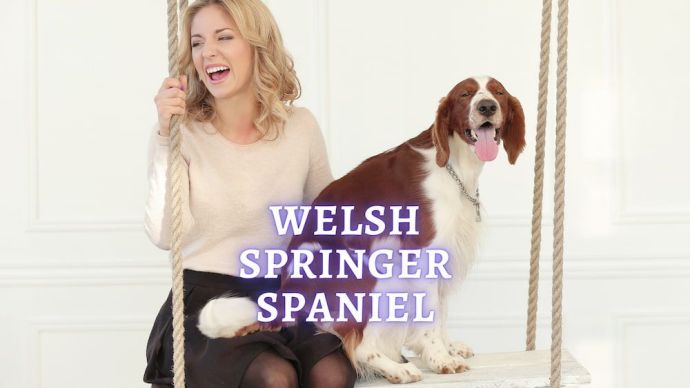 Dog Breeds Welsh Springer Spaniel: Welsh Springer Spaniel Temperament, Care and Diet
Dog Breeds Welsh Springer Spaniel: Welsh Springer Spaniel Temperament, Care and Diet - 149
- 0
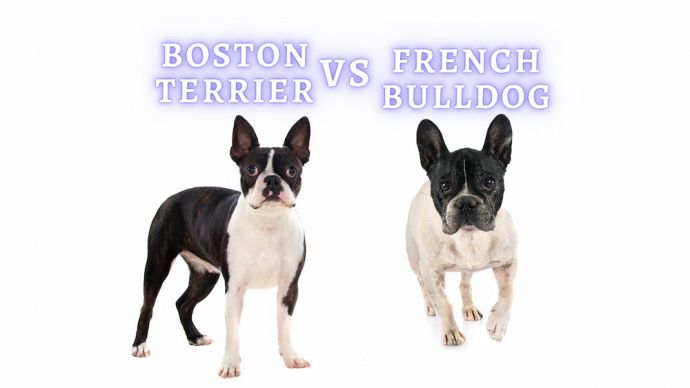 Dog Breeds French Bulldog vs Boston Terrier: All Differences and Similarities You Should Know About
Dog Breeds French Bulldog vs Boston Terrier: All Differences and Similarities You Should Know About - 3628
- 0
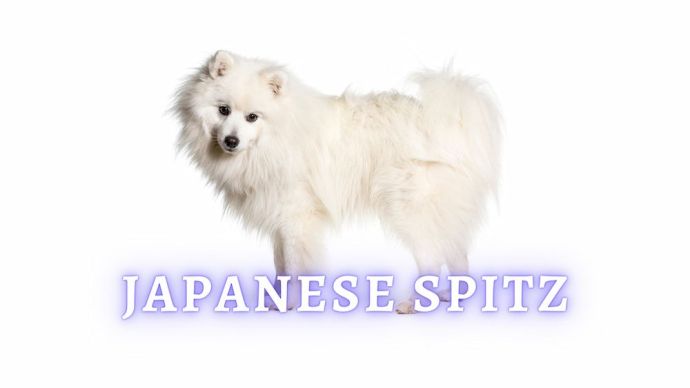 Dog Breeds Japanese Spitz: Everything about Japanese Spitz Health, Care, Puppies, and more
Dog Breeds Japanese Spitz: Everything about Japanese Spitz Health, Care, Puppies, and more - 1163
- 2
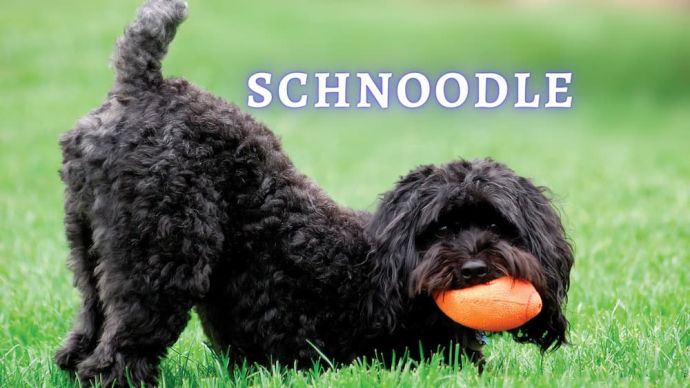 Dog Breeds Schnoodle: Personality, Temperament, and Everything Else You Should Know
Dog Breeds Schnoodle: Personality, Temperament, and Everything Else You Should Know - 1202
- 3
 Dog Veterinary Tips Why is my Dog throwing up: Causes and Preventing (Veterinary Advice)
Dog Veterinary Tips Why is my Dog throwing up: Causes and Preventing (Veterinary Advice) - 23424
- 5
 Dog Care Why Is My Dog Bleeding From Its Butt? Causes and treatment of rectal bleeding in the dog
Dog Care Why Is My Dog Bleeding From Its Butt? Causes and treatment of rectal bleeding in the dog - 22076
- 0
 Dog Care My Dog Keeps Scratching His Mouth: Reasons Why Your Dog Scratching Face
Dog Care My Dog Keeps Scratching His Mouth: Reasons Why Your Dog Scratching Face - 17561
- 1









